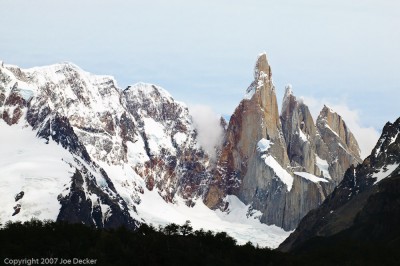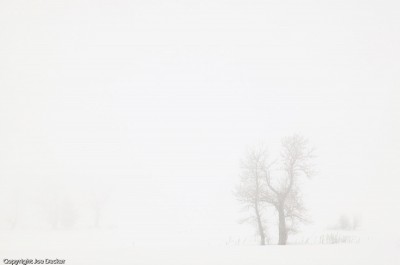The Tuesday Composition: Communicating Immensity
If you like this article, you can now get the book! Joe has expanded the “Tuesday Composition” series into an inspiring new ebook on composition, especially for nature photography. Check it out: The Tuesday Composition.
One of the most common challenges in landscape photography communicating the scale of large objects. Photographs seem to resist conveying the sense of scale we often feel in a landscape. When we take the photograph, we have the opportunity to move around in the landscape, to hike a half-mile and notice that our view of the mountain hasn’t changed much. Our brains unconsciously integrate that information into our perceptions of the world around us. Viewers of our still photographs see things much differently.
Small prints and web images are particularly challenging. Our minds seem to resist perceiving a mountain that stretches a mile into the air within a photograph that fits inside a lunch box. Even large prints sometimes seem to lack any real ability to communicate the size of the landscape they portray. As a result, rather than relying on making large prints, we have to understand how our brains perceive scale in still images, and take advantage of the cues our brains use in that process. (more…)

